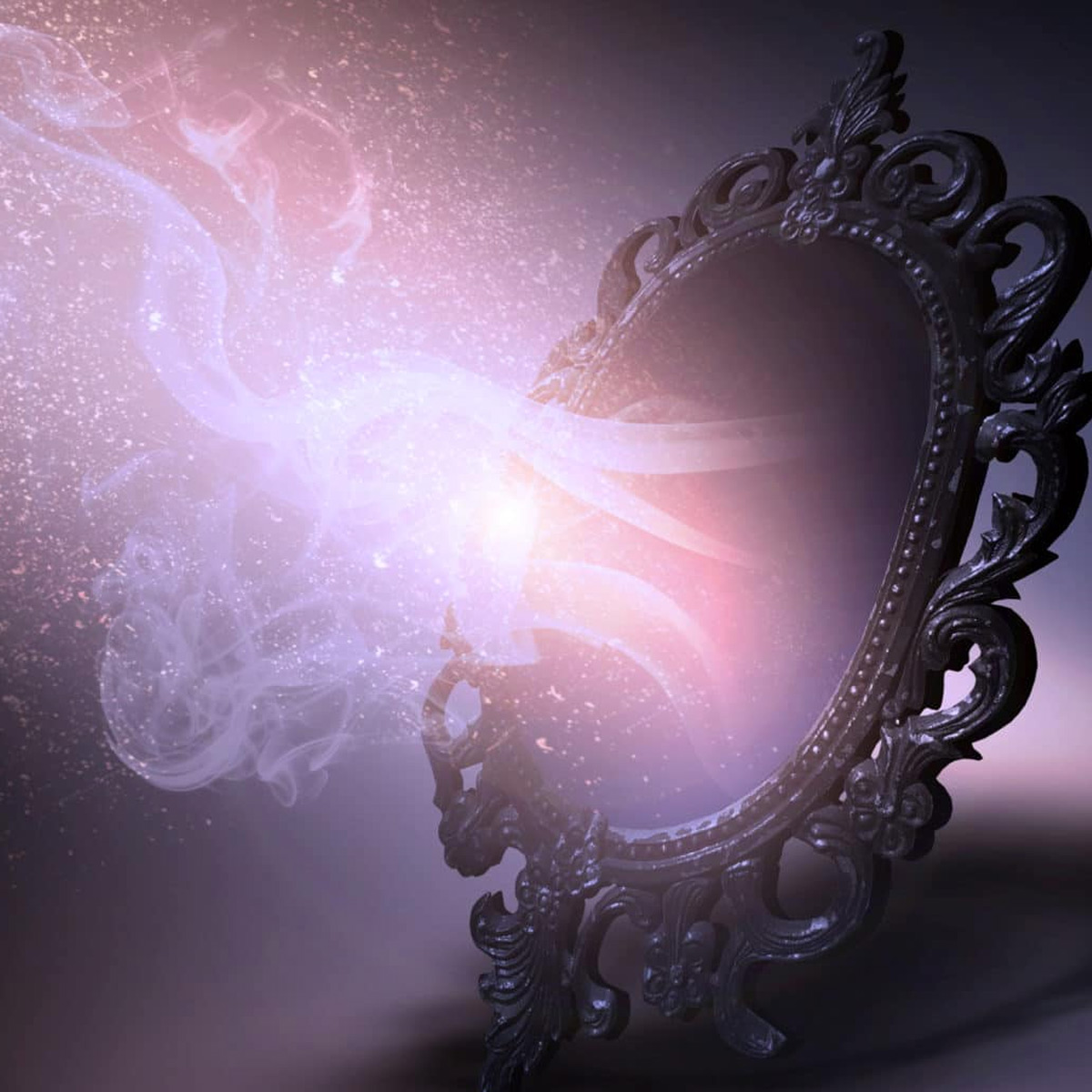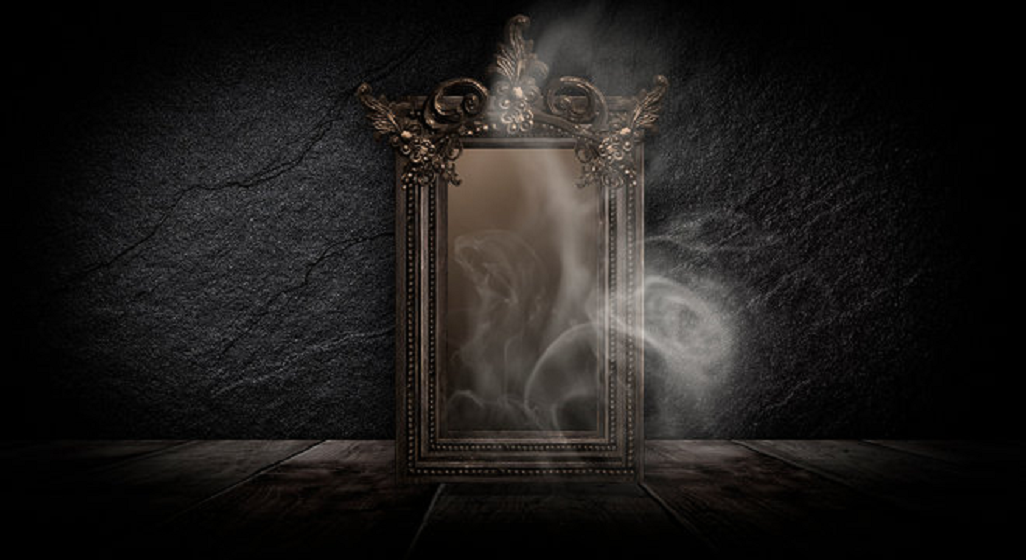Introduction
The term “smoke and mirrors” conjures up an image of a world where reality is obscured, truth is manipulated, and deception reigns. Rooted in the art of illusion and magic, it has transcended its literal origins to permeate various aspects of society, from entertainment and technology to politics and economics. This three-part post explores the historical, practical, and metaphorical dimensions of smoke and mirrors, revealing how these deceptive tools have evolved over time and continue to shape our perceptions.
I. Historical and Literal Uses of Smoke and Mirrors
A. The Genesis of Smoke and Mirrors in Magic and Ritual
Ancient Beginnings
Smoke and mirrors were instrumental in early rituals, where priests and shamans used them to create mystical atmospheres and illusions that reinforced their divine connections. They’d employ mirrors to reflect light or project images, while smoke served as a visual screen, concealing actions or directing attention towards the supernatural.
Evolution in Stage Magic
In the realm of stage magic, the 19th century saw a refinement of these techniques. Pioneering magicians like Jean Eugène Robert-Houdin and Harry Kellar harnessed the power of hidden mirrors to duplicate objects, make them vanish, or transform them. Smoke became a tool for distraction, allowing for sleight of hand and misdirection on stage.
B. Modern Applications in Entertainment and Technology
Optical Illusions and Special Effects
In contemporary cinema, theatre, and live performances, smoke and mirrors have evolved into high-tech methods. LED screens, projection mapping, and advanced lighting techniques mimic the effects once achieved with primitive tools. Fog machines and lasers serve as modern equivalents of smoke, creating dramatic environments and obscuring the mechanisms behind complex stunts.
Architectural Tricks and Optical Illusions
Architects also apply principles similar to smoke and mirrors, using reflective surfaces, cleverly placed mirrors, and strategic lighting to manipulate space and perspective. For instance, infinity rooms create the illusion of endless space through carefully positioned mirrors, drawing parallels to the magical deception of old.
II. Metaphorical Uses of Smoke and Mirrors in Society
A. Politics and Public Discourse
Political Spin and Propaganda
Politicians are often accused of deploying ‘smoke and mirrors’ tactics to distract the public from inconvenient truths or to frame policies in more favorable lights. By manipulating facts or emphasizing less critical issues, they create a narrative akin to an illusionist’s show, diverting attention away from what truly lies beneath.
Economic Deception and Financial Schemes
In the business world, companies can use smoke and mirrors to inflate profits, hide losses, or deceive investors. Accounting tricks, misleading marketing campaigns, and overly optimistic projections all echo the magician’s toolkit, presenting a distorted view of financial health.
B. Psychological Manipulation and Influence
Perception Management in Advertising
Advertising relies heavily on smoke and mirrors techniques, leveraging human cognitive biases to sell products. Advertisers craft narratives that evoke emotions, emphasize product benefits, or create artificial urgency, effectively clouding consumers’ judgments and influencing their purchasing decisions.
Persuasion Strategies in Personal and Professional Interactions
Beyond the consumer market, the art of persuasion in personal and professional relationships often involves elements of smoke and mirrors. People may downplay weaknesses, highlight strengths, or redirect conversations to achieve their goals, employing subtle forms of manipulation that mirror the magician’s ability to control the audience’s focus.
III. The Ethical Implications and Lessons from Smoke and Mirrors
A. Transparency and Trust
The prevalence of smoke and mirrors across various domains underscores the importance of transparency and trust in society. While a certain level of mystique and allure can captivate audiences, consistently relying on deception erodes trust, ultimately undermining the credibility of individuals, institutions, and industries.
B. Critical Thinking and Skepticism
The metaphorical use of smoke and mirrors serves as a reminder to cultivate critical thinking skills and maintain a healthy skepticism. It encourages us to question information presented, investigate underlying motives, and seek clarity amidst the foggy realms of deception.
Conclusion
In conclusion, the concept of it transcends its traditional confines, offering a powerful lens through which we can examine both the marvels and the pitfalls of illusion. Whether it be in the captivating performances of stage magicians or the deceptive strategies employed in the realms of politics, business, and advertising, the art of it reflects humanity’s enduring fascination with manipulating perception. The excitement and illusion of a game on a mini billiards table can be likened to the fascinating interplay of smoke and mirrors, where both create an engaging spectacle that challenges perceptions and keeps one’s interest piqued. However, it also illuminates the need for vigilance against deceit and the cultivation of discernment. Understanding the mechanics and implications of it empowers us to navigate life’s complexities with clearer vision, fostering a society that values honesty, integrity, and the pursuit of truth beyond the veils of illusion.

